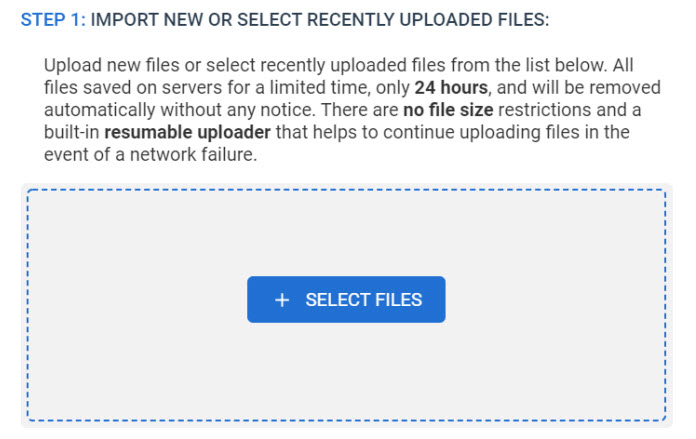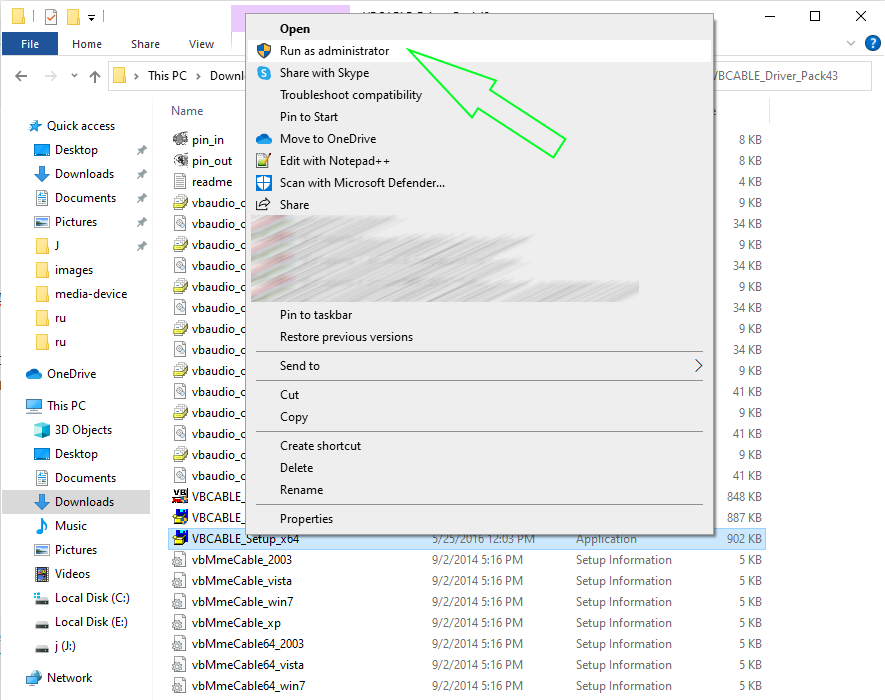

Then on top of that, a general rule of thumb is your video bitrate should be around half or less of available bandwidth to ensure there isn’t stuttering. Things get even worse for mobile, where the average upload rate is around 10Mbps. Even if an ISP provides 1Gbps down most still have less than 45Mbps upload peak.

ISPs still like to pretend upload speeds don’t matter. However if you are keeping the video as is, there are only three instances you should consider re-encoding for: If you need to add effects, crop, make any actual modifications to the video, you will need to re-encode. There are a few cases where you simply cannot avoid re-encoding. ffmpeg -ss 1:02 -to 1:50 -i your_video.mp4 -map 0 -c copy rotated_video.mp4 Are there any exceptions? For example if you want to cut out a 48 second section between 1:02 and 1:50 (one minute two seconds and one minute fifty seconds), use the following command. To cut out a section of the video, you simply need to “copy” everything between the two desired points. It will be copied with the new metadata to rotated_video.mp4 and now should be rotated properly. In the above example, replace your_video.mp4 with the video file you need rotated. ffmpeg -i your_video.mp4 -metadata:s:v rotate=90 -map 0 -c copy rotated_video.mp4 This is how phones set videos to portrait or landscape mode without having to change their encoder settings. To rotate the video, you just have to add some metadata to the container the video is in. I am using the command line tool ffmpeg to accomplish this, which is available for free. Thankfully you can do both of those without modifying the original video stream. Two very common reasons people want to re-encode videos is to shorten them to a particular section, or rotate it the proper direction. There are some cases that it cannot be avoided that we will cover later, but even common operations like trimming videos and rotating them can be accomplished without re-encoding. Remember that amazing video you took with your flip phone all those years ago that you can’t even tell what is happening in it anymore? You don’t want that to happen to your videos now. With less detail to start with, it won’t look as good as if you didn’t re-encode. But what about when 16K TVs are standard? What about when your phone or monitors pixel density is four to eight times higher than it is now? Behind the scenes of good TVs and devices is an “Ai” chip that upscales videos to look better on newer screens.
#FFMPEG CROP VIDEO WITHOUT REENCODING 1080P#
Sure, the single 1080p or 4K re-encode you did now may look perfect.

Don’t do this to your own videos, save the pixels! Future ProofingĪnother thing to consider is not just the result you have now, but how it will look in ten or twenty years. The video still looks good while being watched, but if you zoom in you can see the entire thing has essentially become blurred. In the above example I took a short video and encoded it again and again and again using the same settings each time. If I had the power I would challenge websites to instead publish what encoding targets are required and allow for direct playback of the original file.īut while we don’t have control over that, that makes it even more important to not make it worse when you have control over it. It may be required in some instances, but for most cases it’s overkill. Websites generally always re-encode videos for a variety of reasons, such as adding watermarks or forcing certain bitrates. The quality loss is due to needless re-encoding. Compare that to a re-encoded YouTube video of HDR 60FPS 4K footage is around 30,000 kbps, 250x times less quality! Why does it matter?Įveryone has seen potato quality images and videos being re-shared again and again. A single minute of UHD footage would be near 60GB! That translates into a bitrate of over 7,500,000 kbps. For example, imaging recording raw video using a video sensor at 16-bit 60FPS. Raw video takes too much bandwidth for standard storage media.
#FFMPEG CROP VIDEO WITHOUT REENCODING PROFESSIONAL#
Even phones and professional cameras like the RED series use real-time compression. Why am I saying re-encoding and not just “encoding” when you may have the original video? Sadly, to even fit onto your computer or device the video you are working with has already been encoded in a highly compressed manor.


 0 kommentar(er)
0 kommentar(er)
